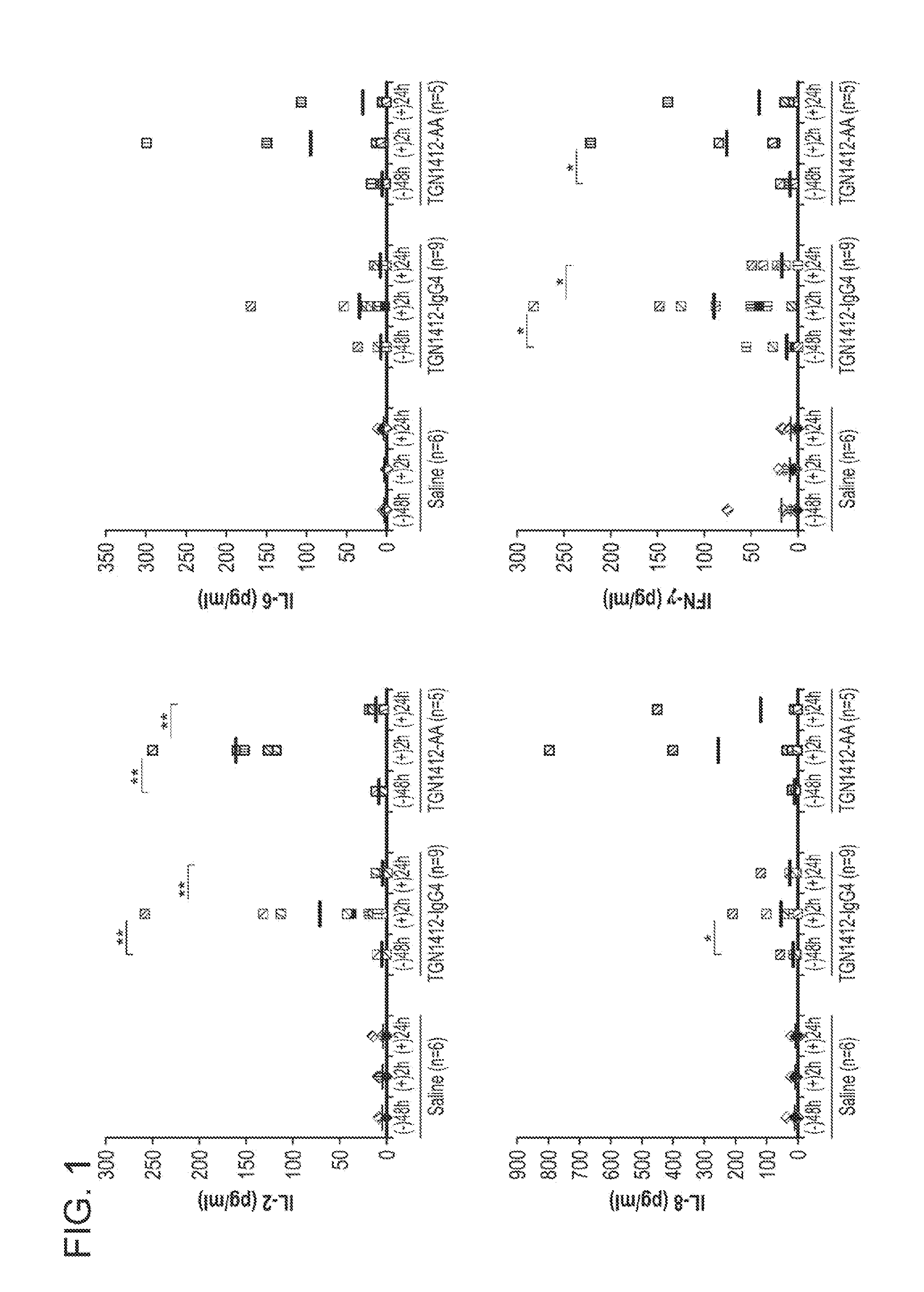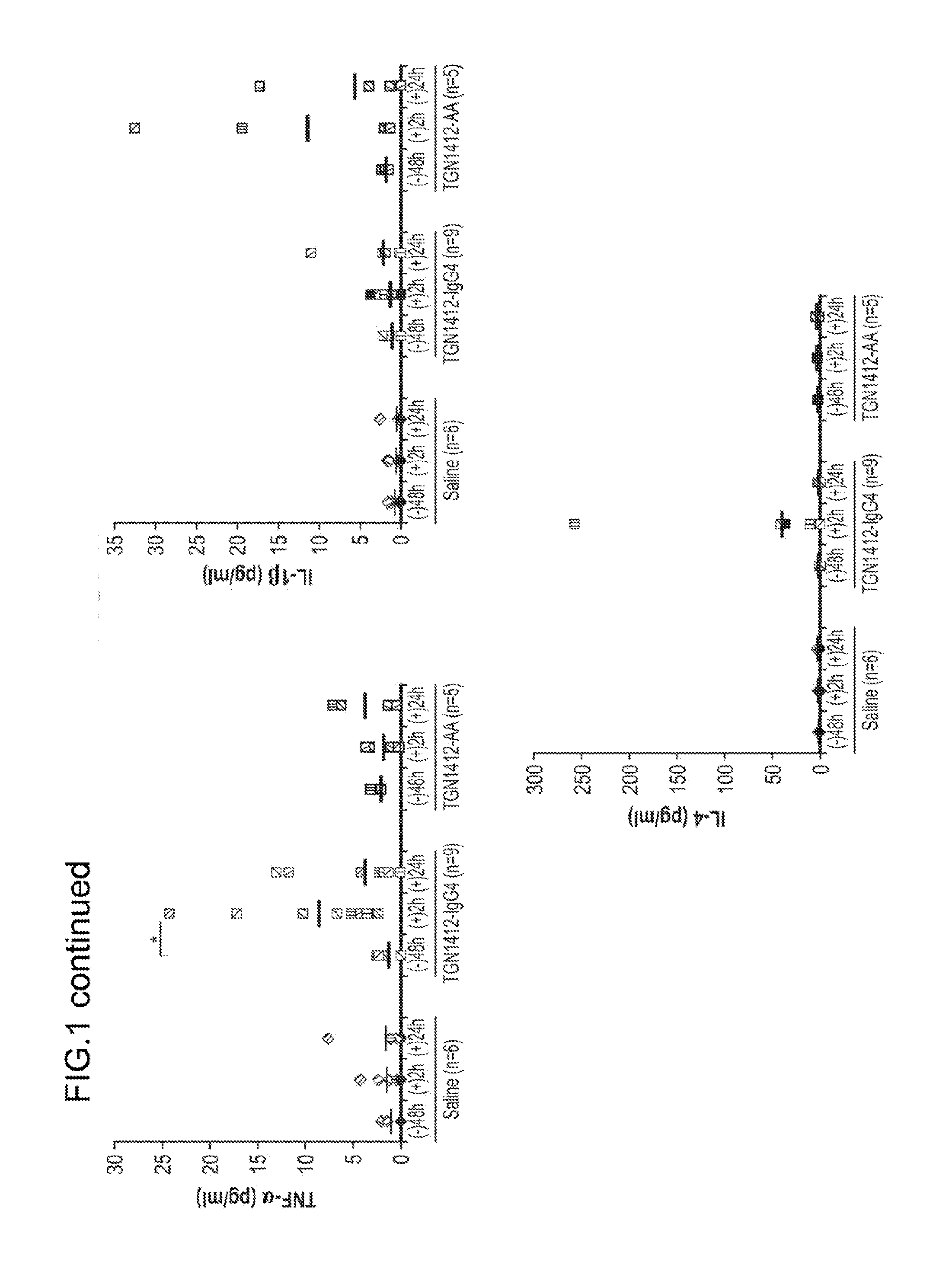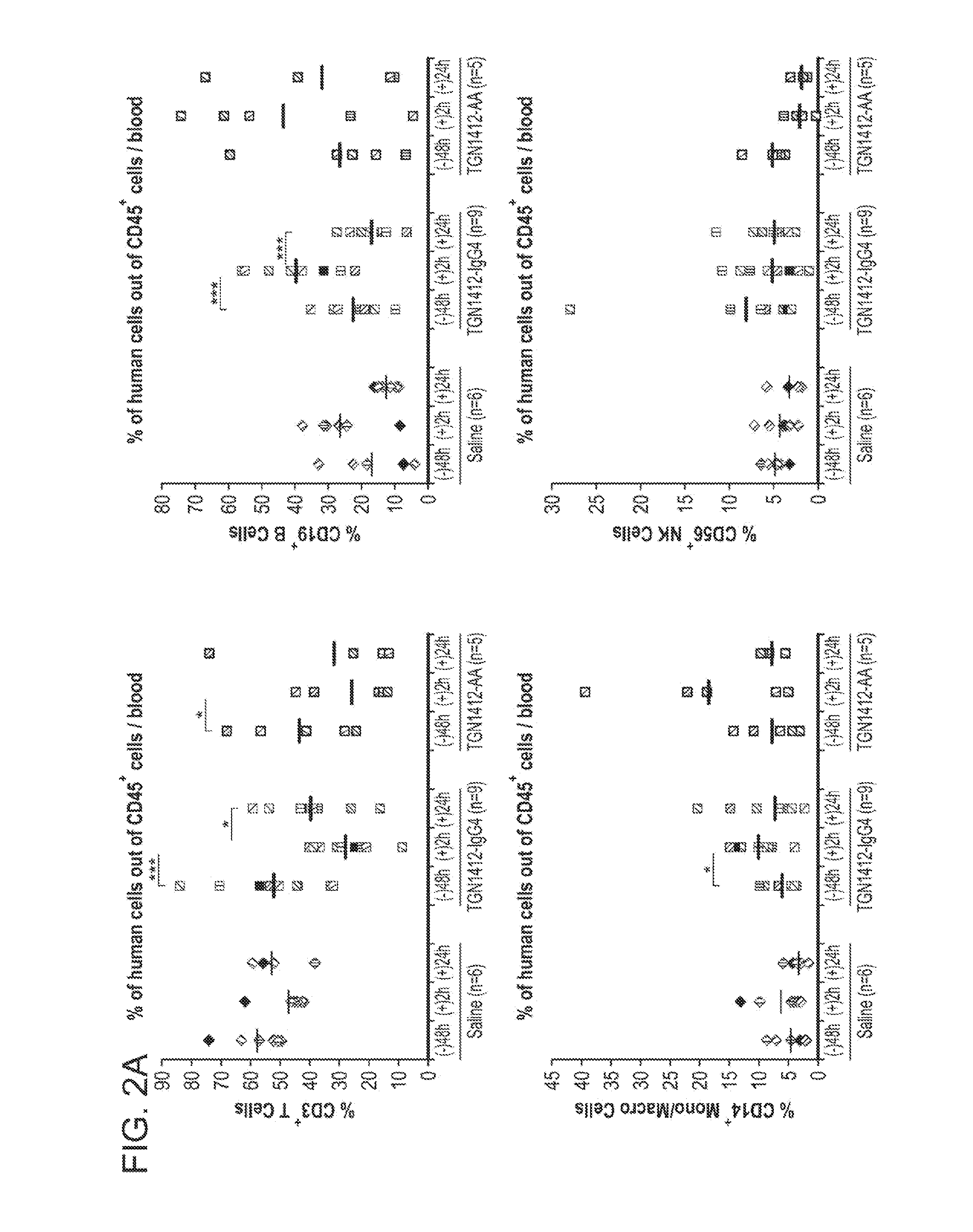Use Of Humanized Mice To Determine Toxicity
a humanized mouse and toxicology technology, applied in the field of humanized mouse to determine toxicology, can solve the problems of limited use and significant gap between preclinical and clinical testing, and achieve the effect of improving the immune response of a humanized mouse model and high degree of fidelity
- Summary
- Abstract
- Description
- Claims
- Application Information
AI Technical Summary
Benefits of technology
Problems solved by technology
Method used
Image
Examples
example 1
Methods
Fetal Liver CD34+ (HSC) Cell Isolation
[0081]Human fetal livers were obtained from aborted fetuses at 15-23 weeks of gestation in accordance with the institute ethical guidelines. All women have given written informed consent for the donation of fetal tissue for research. The fetuses were collected under sterile condition within 2 h of the termination of pregnancy. The liver tissue from the fetus was initially cut into small pieces, followed by digestion with 2 mg / ml collagenase IV prepared in DMEM for 15 min at 37° C. with periodic mixing. Then, a single cell suspension was prepared by passing the digested tissue through 100 μm cell strainer (BD Biosciences). Viable cells were counted by excluding dead cells with Trypan blue. Cell isolation procedures were carried out under sterile condition using the CD34 positive selection kit (Stem Cell Technologies, Canada). The purity of CD34+ cells was determined by flow cytometry and rated between 80 to 95%.
Construction of Humanized Mi...
example 2
[0091]Provided below is additional data and a reanalysis of the experiments described in Example 1 in which whether the cytokine-treated humanized mice can accurately predict immune toxicity of antibody therapeutics was evaluated. As described in Example 1, four monoclonal antibodies with different degrees of side effect in humans were selected for analysis.
[0092]Besides TGN1412, OKT3, a mouse mAb against human CD3 for suppressing renal allograft rejection, is known to induce severe adverse effects, including cytokine release syndrome and an acute or severe influenza-like syndrome. Alemtuzumab, a humanized anti-CD52 antibody for treating chronic lymphocytic leukemia and preventing graft-versus-host disease, is also known to induce release of inflammatory cytokines. CD52 is a glycoprotein expressed on the surface of essentially all normal and malignant T and B lymphocytes, the majority of monocytes, macrophages and natural killer cells. Inflammatory cytokines release was also observe...
PUM
 Login to View More
Login to View More Abstract
Description
Claims
Application Information
 Login to View More
Login to View More - R&D
- Intellectual Property
- Life Sciences
- Materials
- Tech Scout
- Unparalleled Data Quality
- Higher Quality Content
- 60% Fewer Hallucinations
Browse by: Latest US Patents, China's latest patents, Technical Efficacy Thesaurus, Application Domain, Technology Topic, Popular Technical Reports.
© 2025 PatSnap. All rights reserved.Legal|Privacy policy|Modern Slavery Act Transparency Statement|Sitemap|About US| Contact US: help@patsnap.com



